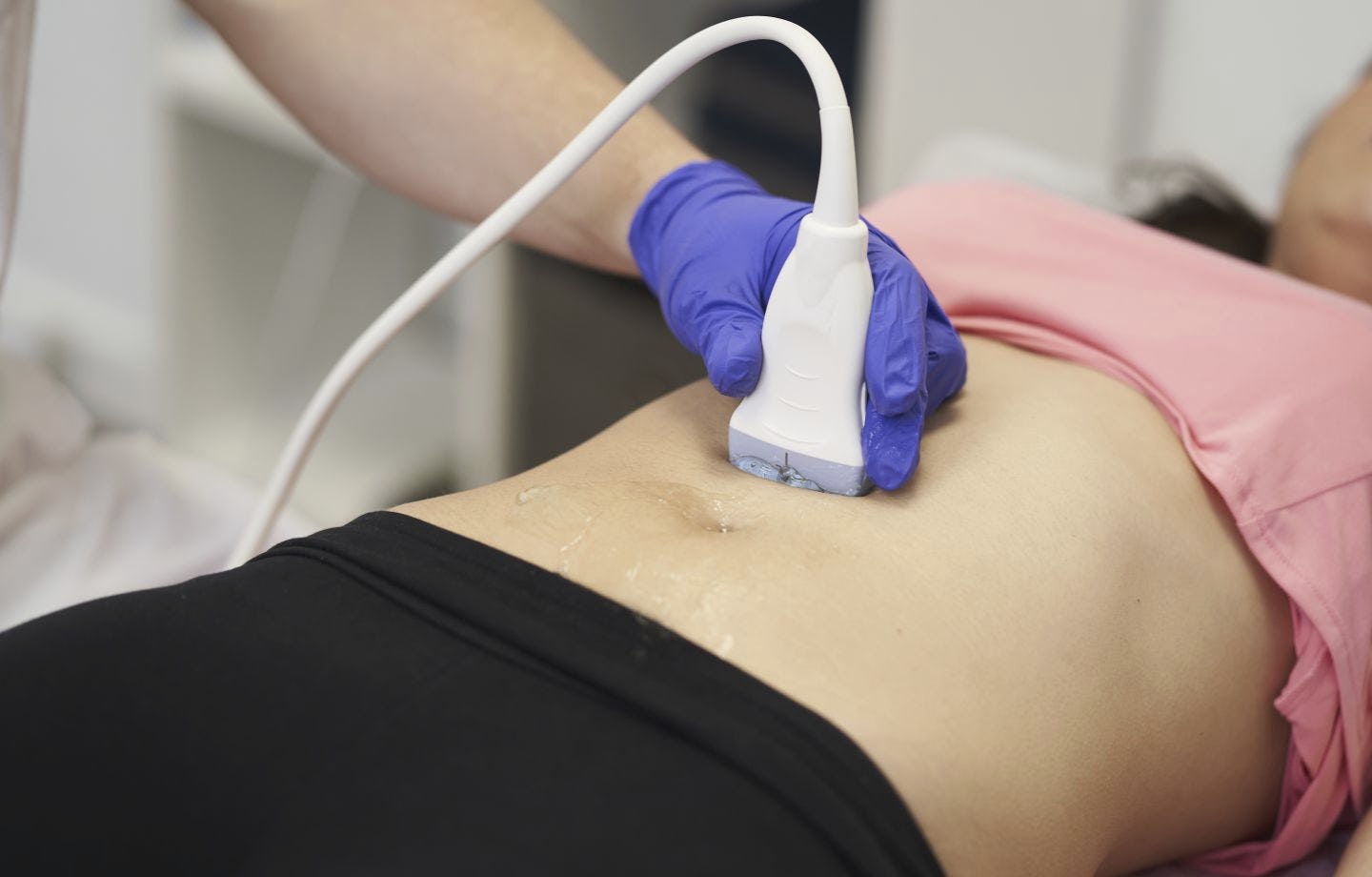When I first saw Secili and she suggested my pelvic floor might be involved in my hip pain, I wasn’t sold on the idea since I didn’t have any of what I consider to be the typical signs and symptoms. However, within a month of weekly visits using dry needling and ultrasound guidance to assist me in finding and firing the correct muscles with a focus on the pelvic floor I couldn’t believe how much better the entire right side of my body felt.
Rosemary C.
Rehabilitative ultrasound imaging is a non-invasive tool that enhances a physical therapist’s ability to analyze deep muscles and structures. These images are different from an x-ray because they allow for real-time images. Real-time images provide a better understanding of what’s going on. Our therapists can use this information to better develop your plan of care.
Many folks think of ultrasound as only used during pregnancy. In recent years, ultrasound imaging has proven to benefit patients by providing a much quicker diagnosis so that muscle re-education can be achieved through visual feedback. During an ultrasound, a water-based gel is applied to the area being examined. A small transducer, or probe, is placed directly on the skin and transmits high-frequency sound waves through the gel into the body’s soft tissue. As sound waves are reflected off the tissues at various rates, the therapist is able to distinguish one type of tissue from another. The transducer then collects these sound waves, sends them to a computer screen, and images are created. Using these images, your therapist is able to see the movements of your muscles as they happen and can determine if everything is functioning properly. Feedback from these images is then used to retrain muscles.
Ultrasound imaging can be used in the treatment of pelvic floor dysfunction by providing images of core activity. Since the core muscles play such an important part in overall health, when they are dysfunctional, the pelvis can become less optimally controlled, increasing the risk of injuries. Real-time images will help your therapist develop your plan of care.
Ultrasound imaging has numerous advantages over x-rays, MRIs and CT scans. These advantages include:
- Safe
- No radiation exposure
- Low cost
- Shows images in real-time
- Provides important quantitative feedback
Contact Optimal Motion today to learn more about ultrasound imaging and how it might benefit you!

